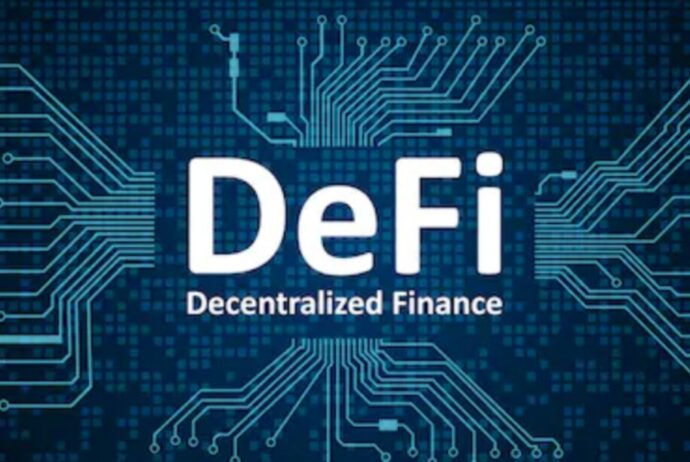The story of how some Sanskrit messages, including a glaring eye, led to the similarities between two hashmasks. Some NFT users recently discovered some easter eggs– a phrase users employ to illustrate messages, symbols, or secret features used among the very publicized NFT program Hashmasks.
The program collects more than 16K distinct artworks created by about 75 artists, each of them worth 400 ETH or more. An NFT token refers to some unique kind of crypto stuff that stands for a unique feature like artwork, property, or just something you can think of. This idea was formulated in 2013 and became popular following Crypto Kitties’ introduction in 2017.
Some Sanskrit letters have made it possible to discover some hashmasks
According to some discussions about two of the images being discussed, a dev discovered that the two ideas were unique and very strange among all the thousands of hashmasks. Trent, the developer, tagged the two masks the “real” and the “strange.” He tweeted that these were the strangest of all the hash masks.

CypherMindHQ.com Artificial Intelligence Crypto Trading System - Surpass the competition with this cutting-edge AI system! Utilize the prowess of innovative algorithms and amplify your crypto trading strategies with CypherMindHQ. Learn more today!
As soon as the hash masks were unveiled publicly, Trent, the developer, started inspecting all the artworks to check if there would be errors or abnormalities in the artwork. He searched thoroughly until he came across one of the masks having a Sanskrit letter illustrated on it.
At first, he mistook it for a deliberately thought unique style. Hence, he proceeded with his findings. However, after looking at about 6,000 more, the developer found out that two masks were twins, but the first one had different features than the second.
He then notified the artists of the “mistake” he saw they made in their work. The artists also looked at the issue and brainstormed. They later released a statement informing the public that what occurred was unintentional, but it was a mistake whereby one of the images 3550 was put in place of 9934.
Trent Insists that the issue is not entirely clear
The artists further explained the differences between the two images, namely the file size and the names. They also presented to the developer that the two masks were the only similar ones among all the thousands of images, adding that it is even possible for both images to be acquired by only one person.
The team explained that the numbers of both images were quite different on the explanation page because different names and pictures were used to save each of them. Also, each of them had different file sizes. Therefore, both masks were quite different.
Though the team took their time to explain, the developer appeared not to be convinced. He said some questions still need to be answered. He maintained that what happened could not be regarded as a coincidence. He said the team was surprised when he pointed out the similarities between the two hash marks.
Hence, he does not have full trust in anybody. Why? Because the two images are a thousand far from each other. And even there seemed to be a difference in the quality. Hence, another mask would have been created, and it would not have affected the quality. The developer also remarked about the Sanskrit, pointing out that its name sounded strange, and he argued that that too should not be overlooked.



